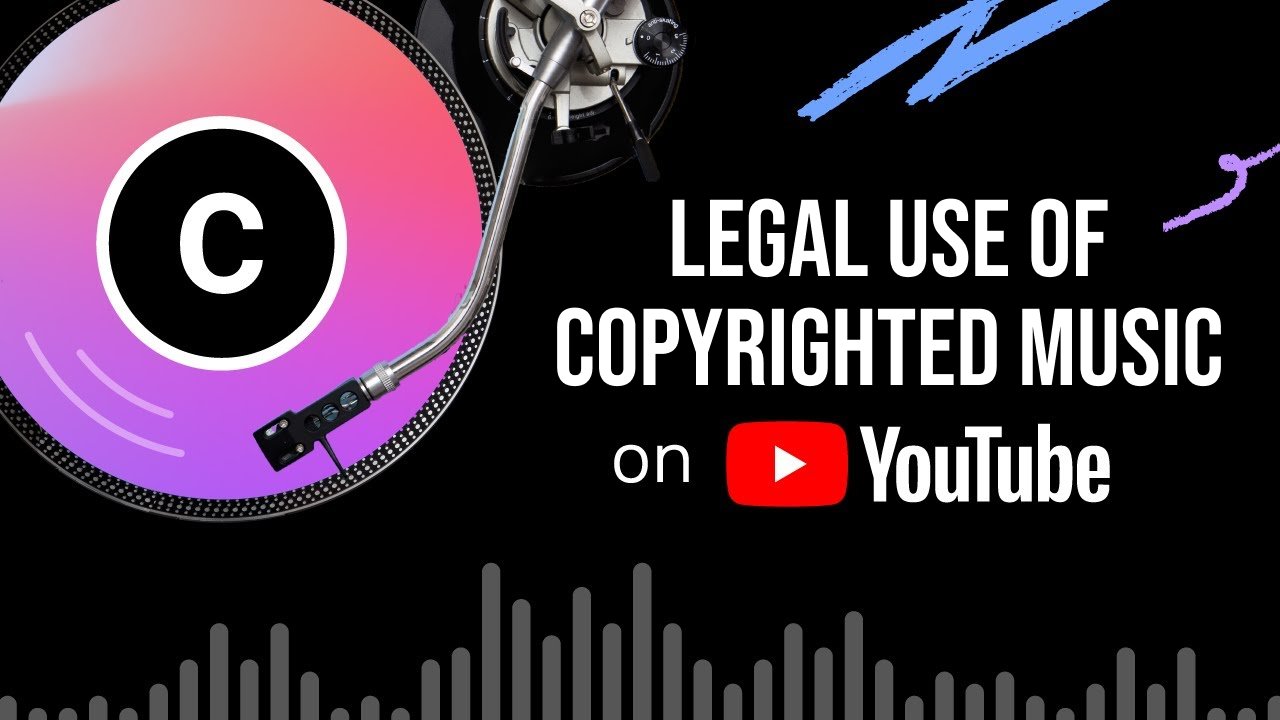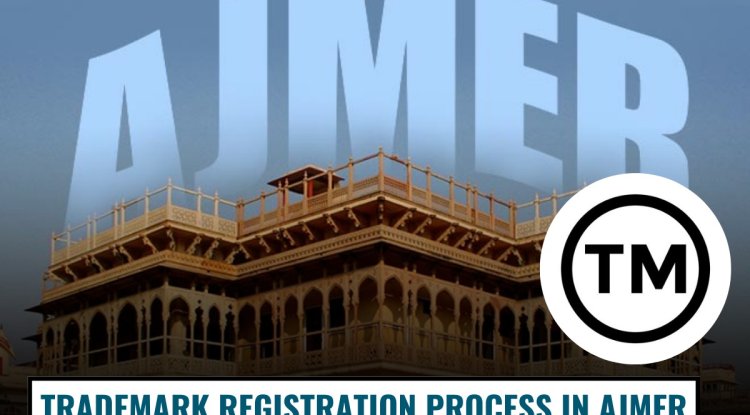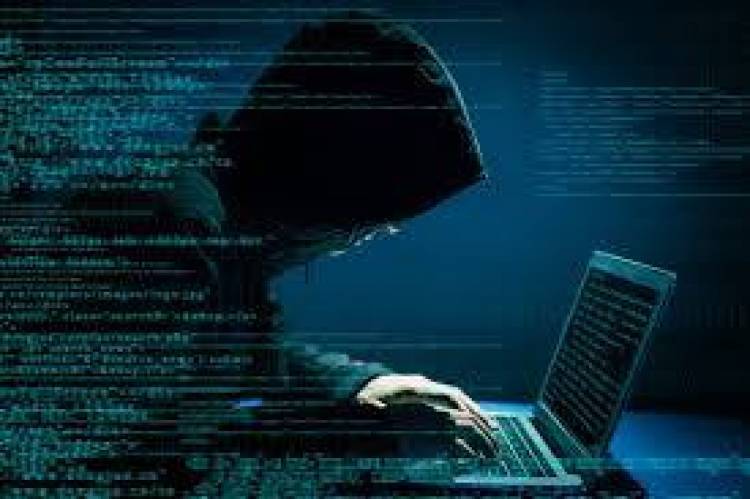Legal Use of Copyrighted Music on YouTube
This article delves into the intricate landscape of using copyrighted music on YouTube, providing insights into the legal considerations and potential consequences for creators. The discussion encompasses various factors, including obtaining licenses, fair use, public domain works, Creative Commons licenses, and YouTube's Content ID system. The article emphasizes the importance of understanding these factors to avoid legal, financial, and reputational repercussions. It also outlines the significant issues arising from the illegal use of copyrighted music on YouTube, such as copyright infringement, video removal, monetization challenges, credibility loss, and limitations on future content. Ultimately, creators are urged to prioritize legal and ethical practices to build a sustainable and successful presence on the platform.

Copyright law is a complex and often misunderstood area of law, particularly in the context of music and online platforms such as YouTube. In general, copyright law grants the creator of a work the exclusive right to control how the work is used, distributed, and reproduced. This includes musical works such as songs and recordings.
When it comes to using copyrighted music on YouTube, several factors need to be considered in order to determine whether such use is legal or not. The following are some of the most important factors to consider:
- Obtaining a License: The most straightforward way to legally use copyrighted music on YouTube is to obtain a license from the owner of the copyright. This typically involves paying a fee to the copyright owner in exchange for the right to use the music in a particular way. There are several organizations that can help with this process, including music licensing companies such as BMI, ASCAP, and SESAC.
- Fair Use: Under the legal doctrine of fair use, a small amount of copyrighted content may be used without the owner's permission. By allowing uses for satire, commentary, news reporting, teaching, scholarship, and research, the fair use doctrine aims to achieve a balance between the rights of copyright holders and the requirements of the general public. However, because fair use is such a highly personalized and situation-specific concept, it can be difficult to determine whether a particular use of copyrighted material qualifies as fair use or not.
- Public Domain Works: that is in the public domain can be used freely without permission or payment. In the case of music, this typically applies to older recordings and compositions for which the copyright has expired. It is important to note, however, that just because a work is old does not necessarily mean it is in the public domain. It is also possible for a work to be in the public domain in one country but not in another.
- Creative Commons Licenses: With some limitations, the licenses provided by the charity Creative Commons allow artists to share their creations with others. These permissions are used on platforms like YouTube to allow third parties to utilize protected content, including music.
- YouTube's Content ID System: YouTube has implemented a content identification system called Content ID, which automatically detects copyrighted material in videos uploaded to the platform. Copyright owners can use Content ID to either monetize the use of their content on YouTube or have it removed.
The topic of legally using copyrighted music on YouTube is an important one for creators to understand. It is essential to obtain proper legal authorization or use music that is in the public domain or licensed under a Creative Commons license to avoid potential legal, financial, and reputational consequences. The consequences of not legally using copyrighted music on YouTube can include copyright infringement, video removal, monetization issues, loss of credibility, and limitations on future content. To build a sustainable and successful career on the platform, creators must prioritize the legal and ethical use of copyrighted music in their videos.
Illegal use of Copyrighted Music on YouTube
Using copyrighted music on YouTube without legal authorization can lead to several problems. Here are some of the most significant issues to consider:
- Copyright Infringement: Copyright infringement is a violation of the exclusive rights of the copyright owner. It occurs when someone uses a copyrighted work without permission, and the use falls outside the scope of fair use. Copyright owners have the right to take legal action against infringers, and the penalties for infringement can be severe. In some cases, copyright infringement can result in fines, injunctions, and even criminal charges.
- Video Removal: If a copyright owner discovers that their music has been used without permission on YouTube, they can request that the video be taken down. This is done through a DMCA takedown notice, which is a legal mechanism that allows copyright owners to protect their rights. YouTube is required to comply with these requests under the DMCA, and failing to do so can result in legal action against the platform.
- Monetization Issues: If a user's video is found to contain copyrighted music, the copyright owner may request that YouTube place ad on the video or monetize it in some other way. This means that the user may not be able to monetize their content or receive any revenue from the video. In some cases, the copyright owner may claim all revenue from the video, leaving the user with no compensation for their work.
- Loss of Credibility: Using copyrighted music without permission can damage a user's credibility and reputation on YouTube. It can be seen as a violation of ethical and professional standards and may lead to a loss of trust among viewers and potential business partners. This can make it more difficult for the user to build a following on the platform or to secure sponsorships and partnerships with other creators or companies.
- Limitations on Future Content: If a user has a history of using copyrighted music without permission, they may be subject to additional limitations on their ability to use music in future content. This could include restrictions on the types of music they can use or requirements that they obtain a license for any music they use in future content. This can limit the user's creative freedom and make it more difficult to produce high-quality content that resonates with their audience.
Conclusion
In conclusion, using copyrighted music on YouTube without proper legal authorization can lead to a variety of serious problems, including copyright infringement, video removal, monetization issues, loss of credibility, and limitations on future content. Creators need to obtain legal authorization or use music that is in the public domain or licensed under a Creative Commons license to avoid these issues. By doing so, creators can protect their rights and build a successful career on the platform while avoiding potential legal, financial, and reputational consequences.












